"Singing Sand" - Mysterious melody from the desert
Imagine a symphony without instruments, without artists, just wind and sand. That is the phenomenon of “singing sand”, one of the most mysterious and charming sounds of nature, echoing from the sand dunes of Dunhuang (China) to the deserts of Egypt or California.
As millions of sand grains of a particular size and silica composition slide down the slope they create a deep, vibrating sound, sometimes melodious like a violin, other times ringing like a choir.
The sound was sometimes shrill, sometimes growling, like an echo from another world .
Throughout history, intrepid explorers from Marco Polo to Bertram Sidney Thomas have brought back astonishing stories of these mysterious melodies, sometimes attributed to desert spirits or paranormal entities. Natives explained them as the way the spirits of hell converse.

The sounds, sometimes deep and sometimes terrifying, come from behind the sand dunes in the desert (Illustration: Getty).
Modern science has shown that friction between sand grains, resonance of moist sand layers or air movement through gaps are factors that can create sound.
But one big question remains.
Why can the discrete vibrations from countless grains of sand blend into a structured melody, with a certain frequency and harmony, especially when the weather conditions (sun, light wind, dryness of the sand) are favorable?
The precise mechanism that turns chaotic motion into a natural “musical piece” remains a challenging note.
Pink lake
Like a giant strawberry lollipop in the middle of the deep blue ocean, that is Lake Hillier, one of the magical and mysterious natural wonders located on Middle Island, the largest island in the Recherche Archipelago off the coast of Western Australia.
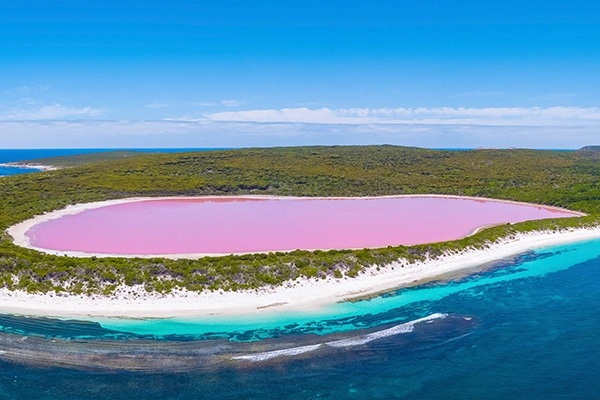
The special pink color of Lake Hillier remains a mystery that no scientist has been able to explain (Photo: Getty).
Many scientists theorize that salt-loving microorganisms such as Dunaliella salina and Halobacteria are the talented “artists” responsible for this magical color. Another theory leans toward a species of red bacteria residing in the lake’s salt crust.
Surprisingly, this pink color is not an optical effect caused by sunlight. People tried to take water from the lake into a container and no matter where it was moved, the characteristic pink color did not change, proving that the color comes from the nature of the water itself.
However, despite extensive research into the lake's microbiome, scientists admit that the exact mechanisms and complex interactions between species that create such a stable and vibrant pink color still need to be further explored .
Lake Hillier is not only a beautiful landscape, but also a natural laboratory of life's adaptability and color at the microscopic level.
Eternal Flame
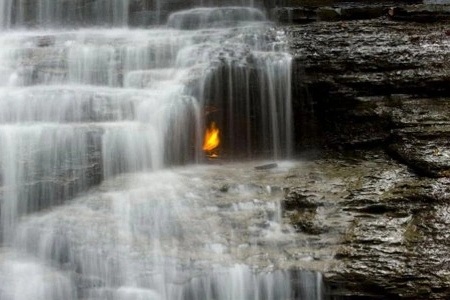
Eternal flame in New York (Photo: Getty).
At Chestnut Ridge Park, New York, a small but persistent flame danced behind a curtain of water from a small waterfall.
Right at the center of the ever-flowing water, a fire still burns, fed by a natural flow of methane gas seeping from a crevice in the rock.
However, the Rhinestreet shale, where methane gas escapes at a depth of more than 39 meters, is too cold to form natural gas by conventional geothermal mechanisms.
So, what secret is hidden underground that allows cold rocks to "give birth" to fire? This process seems to be a unique phenomenon, never before recorded in nature.
Researcher Arndt Schimmelmann from Indiana University once commented that the uniqueness of this fire may lie in a previously unrecorded geological process, a unique "recipe" that nature has bestowed upon this place.
Despite its unsolved mysteries, the Eternal Flame remains a living testament to the wonder and complexity of our planet.
Fairy Circles in the Namib Desert
On the arid grasslands of the Namib Desert in South Africa, nature has painted a mysterious abstract picture: thousands of “fairy circles”.
They are nearly perfectly circular, bare plots of land, ranging from a few meters to a few dozen meters in diameter, surrounded by a belt of lush green grass.
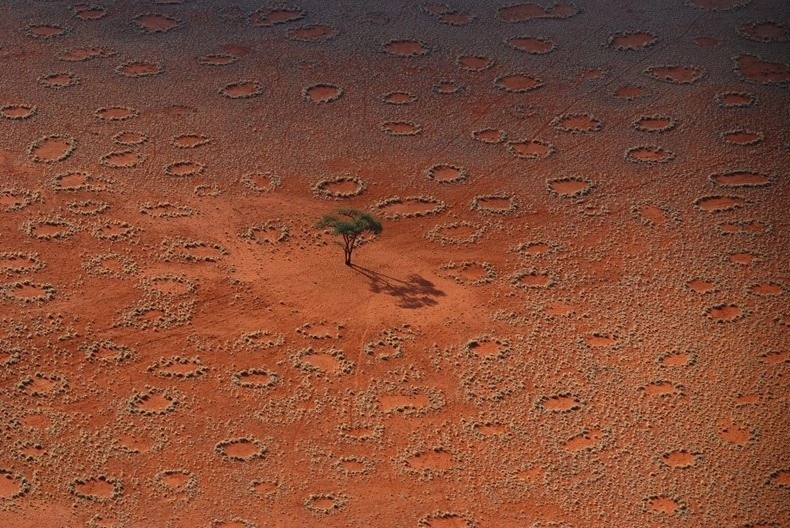
Images of mysterious circles also known as “fairy circles” (Photo: Getty).
For decades, they have been the subject of countless scientific debates about the once ubiquitous tree-root-munching sand termite species Psammotermes allocerus.
More recently, research has focused on the intense competition for water between plants, where bare patches of land act as water reservoirs for surrounding lawns, creating a clever self-optimizing mechanism.
It has also been suggested that bacteria or plant toxins are the culprit.
Whatever the true cause, these circles testify to the complexity of self-organization and the underlying laws of ecosystems that humans still do not fully understand.
The flow splits in two
Devil's Kettle Falls on the Brule River in Minnesota (USA) is not only a majestic landscape but also a magician of nature.
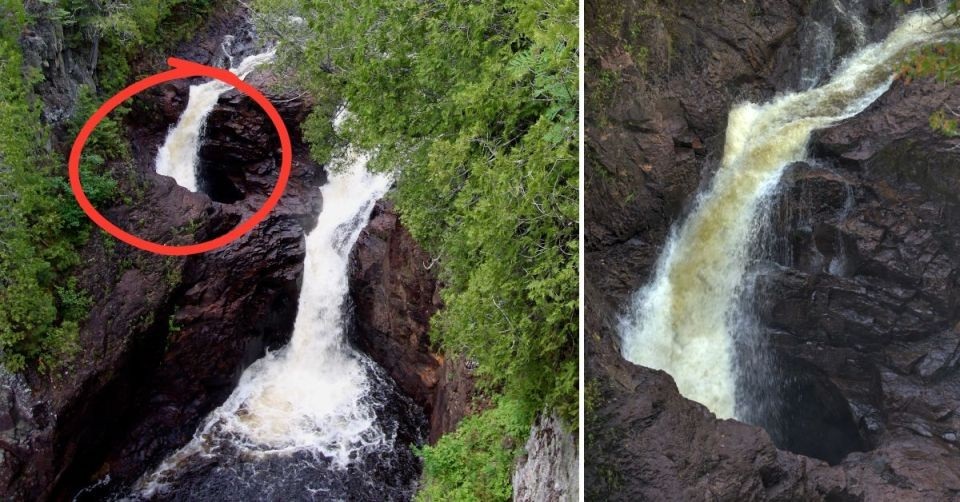
The Brule River splits into two halves at the waterfall, with the right branch falling into the lake while the other branch falls into the Devil's Kettle (Photo: Getty).
Here, the river suddenly splits into two branches, one flowing normally, the other branch pouring into a deep rock hole and... disappearing without a trace. For many years, people have dropped all kinds of things into this hole in the hope of finding the end of the magical water, but in vain.
However, hydrologists have recently shed some light on the mystery by measuring the water flow, finding that the amount of water above and below the falls is almost equal.
This means that the missing water actually finds its way back to the main river right at the base of the falls, probably through some complex underground channel.
However, directly observing and accurately mapping this invisible path remains a challenge.
Earthquake lamp
When the ground shakes violently, sometimes the night sky performs a strange dance of light.
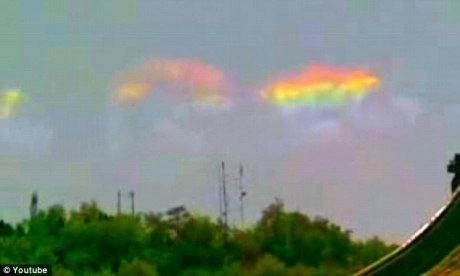
Floating spherical lights appeared before the 2008 earthquake in Sichuan, China (Photo: YTB).
These are “Earthquake Lights” (EQL), a phenomenon that has been recorded for centuries around the world, often appearing before, during, or immediately after strong earthquakes.
Despite the abundance of photographic and anecdotal evidence, EQL remains a controversial topic. Some believe it was simply a mistake for an electrical discharge from a downed power line or an exploding transformer.
However, many scientists believe that EQL is real and are working to find the physical mechanism behind it: from the release of radon gas, the piezoelectric effect of quartz, to the friction between tectonic plates. If this mystery is solved, the earthquake lamp could become an invaluable early warning tool for disasters.
Savonoski Crater
In the middle of the Alaskan wilderness, Katmai National Monument hides a geological structure that will leave you in awe: Savonoski Crater. Seen from above, Savonoski Crater looks like a deep, round meteorite impact crater. The theory that a meteorite from outer space crashed into Earth was once a major line of investigation.
However, despite extensive surveys in the 1960s and 1970s, geologists failed to find any convincing evidence of meteorite material or impact rock in or around the crater. There was no debris to suggest that an explosion had ejected material far from the impact site.
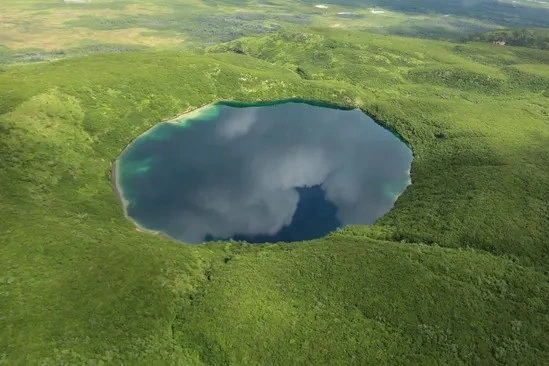
Savonoski Crater in Alaska (Photo: Getty).
Another, no less intriguing, hypothesis suggests that the Savonoski crater could be a maar lake – a special type of volcanic crater that forms when molten magma rises from deep within the Earth and meets groundwater.
The heat of the magma causes the water to boil violently, creating a giant steam explosion, leaving behind a large depression that is often filled with water.
What makes the puzzle even more complicated is that the Savonoski Crater has experienced at least one major glacial event since its formation. Between 14,700 and 23,000 years ago, when massive glaciers covered southwest Alaska, they may have swallowed the crater, eroding it and washing away any clear evidence of its true origin.
While scientists agree that Savonoski is likely an impact crater or a maar lake, the lack of direct geological evidence leaves the final answer open.
Source: https://dantri.com.vn/khoa-hoc/nhung-hien-tuong-ky-bi-khien-khoa-hoc-dau-dau-tim-loi-giai-20250615082206362.htm




![[Photo] Impressions of the Can Gio Whale Festival](https://vphoto.vietnam.vn/thumb/1200x675/vietnam/resource/IMAGE/2025/10/09/1759984089762_image12334-5642-jpg.webp)


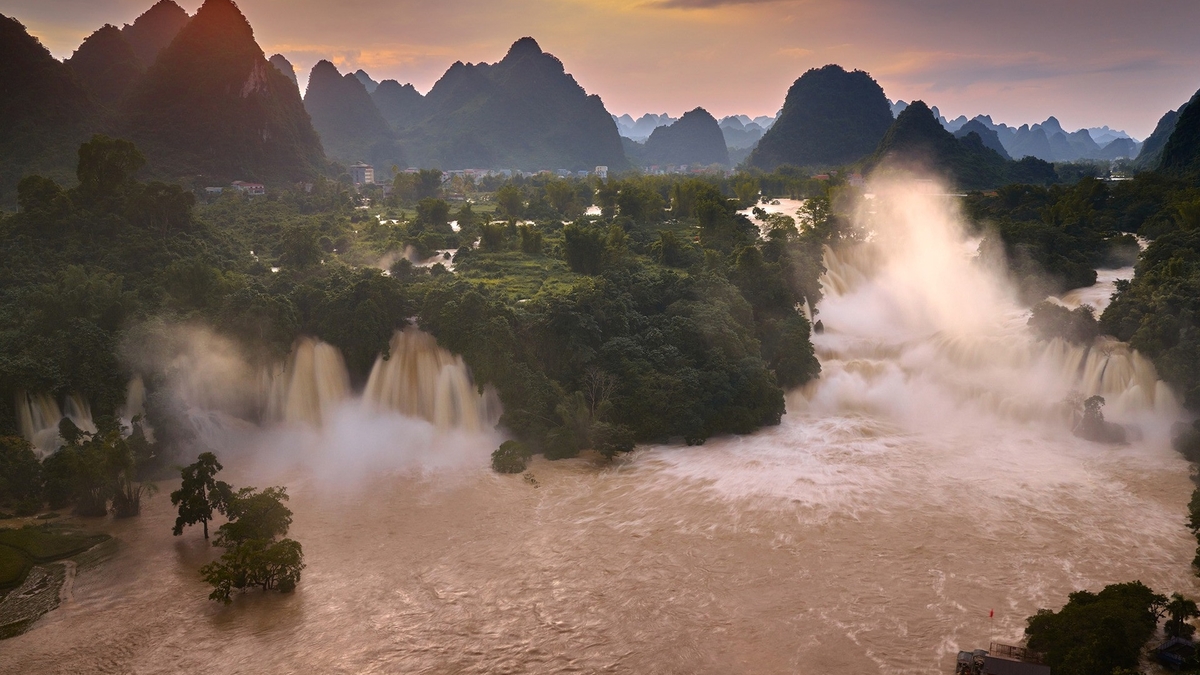







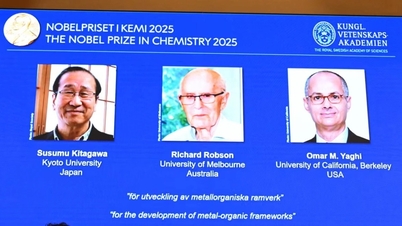







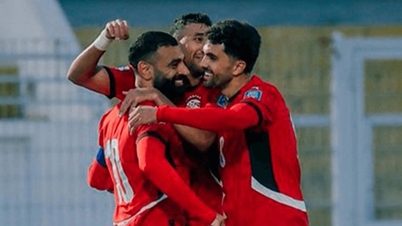


![[Photo] Prime Minister Pham Minh Chinh inspects and directs the work of overcoming the consequences of floods after the storm in Thai Nguyen](https://vphoto.vietnam.vn/thumb/1200x675/vietnam/resource/IMAGE/2025/10/08/1759930075451_dsc-9441-jpg.webp)
![[Photo] Prime Minister Pham Minh Chinh attends the World Congress of the International Federation of Freight Forwarders and Transport Associations - FIATA](https://vphoto.vietnam.vn/thumb/1200x675/vietnam/resource/IMAGE/2025/10/08/1759936077106_dsc-0434-jpg.webp)



































































Comment (0)